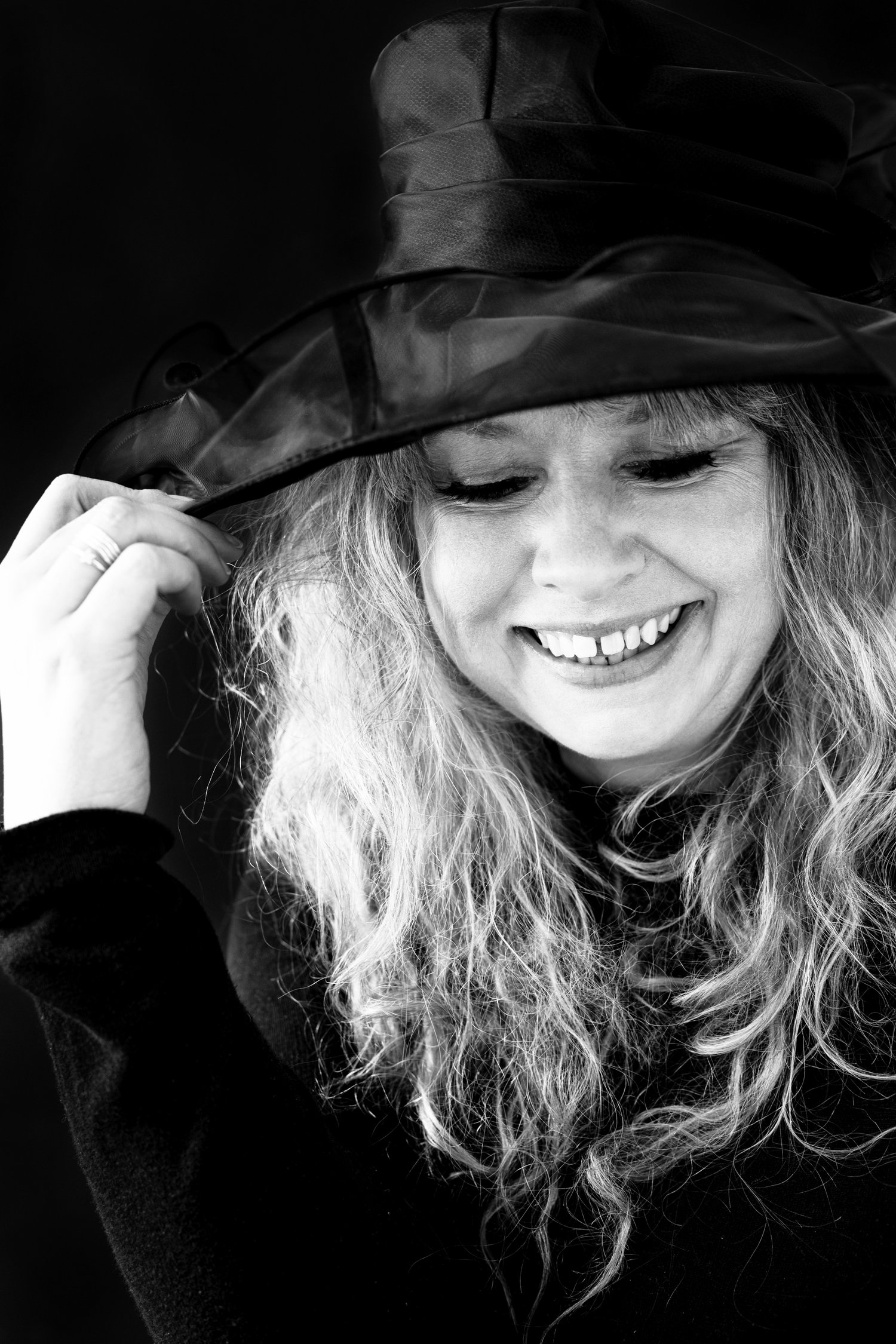Book design: text page design
The book cover demands attention. We all know the phrase ‘you can’t judge a book by it’s cover’ but many readers do.
Unlike the essential cover, the page design carries the bags of words, gently helping the reader through the information inside, Dr. Watson to the Sherlock cover if you like. Just like Watson, it should be reliable and largely invisible. It’s only if you took it away then you’d be rather impeded. Your read would take much longer as you tried to figure the way through the text.
Many readers and writers are astonished to know that a designer even touched the inner pages. But yes, we do! Even e-books.
If the book is designed to be read curled up in bed, on a beach or in the bath then you need an accessible typeface. Ideally a well chosen serif. Page numbers are for guidance and the headings a brief reminder of the title.
A reference or educational book requires more way finding. Clear titles, section headings and features. Designer will select typefaces according to the hierarchy of content. How it works in print and transitions to eBooks is an important consideration too.
What does the designer do?
- Technical details A designer will consider the trim of the page and the number of pages. Your printing method and budget may decree a certain number of pages and your designer will keep this mind when looking at typefaces (as not all are created equally sized) and overall page sizes. A good designer will know the differences between different printing techniques such as litho and print on demand and how this affects the design process.
- White space Margins and gutters matter even though they do not contain any text. Does the text require two columns? What is a suitable line length for the subject? Does the text have any extracts and should these require indenting? How does this white space affect the rest of the page?
- The typeface I believe that the typeface used in a book can alter or increase the enjoyment of a book. A book may require more than one but getting the balance right is critical to the success of the page design.
- Way finding Navigating a book can take the form of running heads, folios, perhaps a pattern of features.
- Prelims and endlims (also referred to as Front and end matter) Each page should be designed thoughtfully and this also applies to the introductory and concluding material such as title pages, imprint, index etc. How does the overarching page design relate to these important introductions and lasting impressions?
